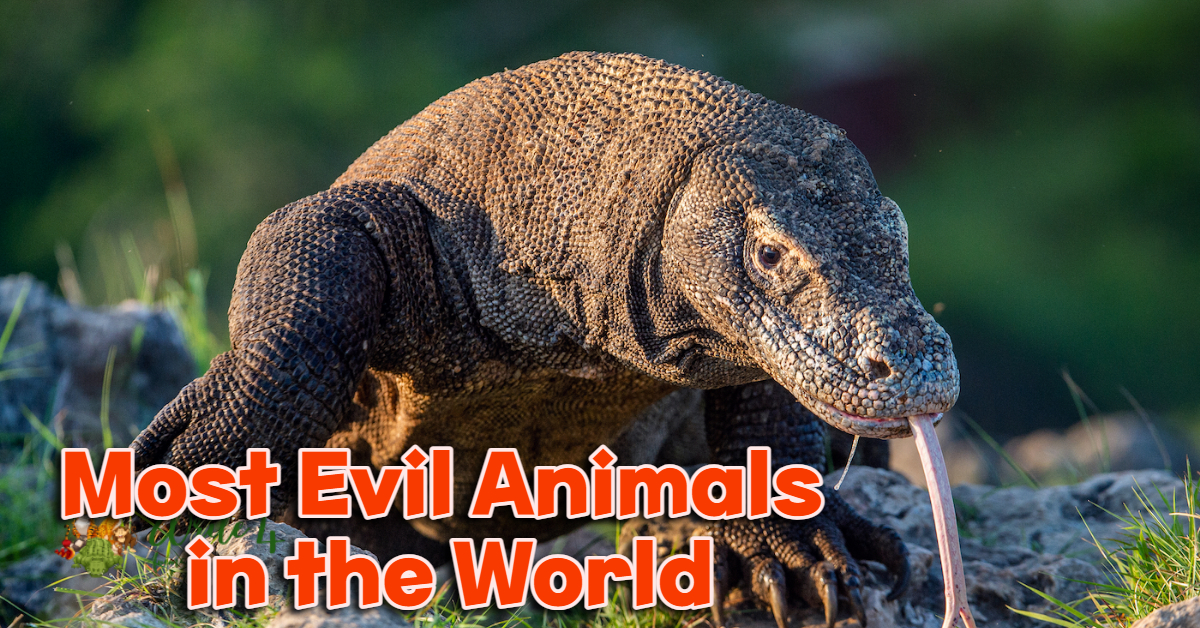Nature is a fascinating and diverse tapestry, showcasing the beauty and complexity of life on Earth. However, within this intricate web of existence, there are creatures that evoke fear, danger, and awe. In this exploration, we will delve into the darker corners of the animal kingdom and unveil the top 12 most evil animals in the world. From venomous predators to powerful behemoths, these creatures command both respect and trepidation.
Top 12 Evil Animals in the World
1. Box Jellyfish
The box jellyfish, often regarded as one of the most venomous creatures in the world, is a silent and deadly presence in the waters of the Indo-Pacific region. Despite its delicate appearance, this gelatinous marine creature harbors tentacles equipped with thousands of tiny, harpoon-like structures loaded with toxins.
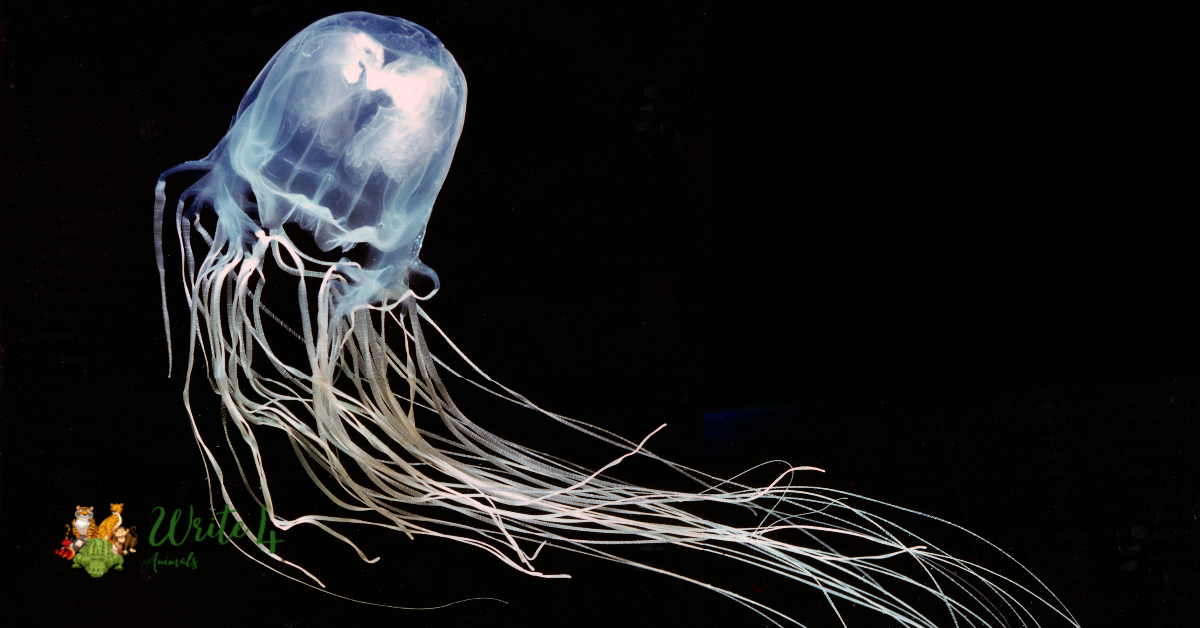
Encounters with box jellyfish can be treacherous for humans. Their venom attacks the heart, nervous system, and skin cells, potentially leading to heart failure and death. What makes them particularly insidious is their transparent body, making them almost invisible in the water, increasing the likelihood of unintentional contact.
While they may not be intentionally malevolent, the box jellyfish’s potent venom and cryptic nature earn them a place among the world’s so-called “evil animals.” Despite efforts to educate beachgoers and implement safety measures, these creatures continue to pose a significant threat to those who venture into their territory.
2. Komodo Dragons
The Komodo dragon, a massive lizard native to the Indonesian islands, is a formidable apex predator and one of the few venomous lizards in the world. While they may appear sluggish and lethargic, these creatures are deceptively fast and possess a toxic bite that can lead to infections and, if untreated, death.
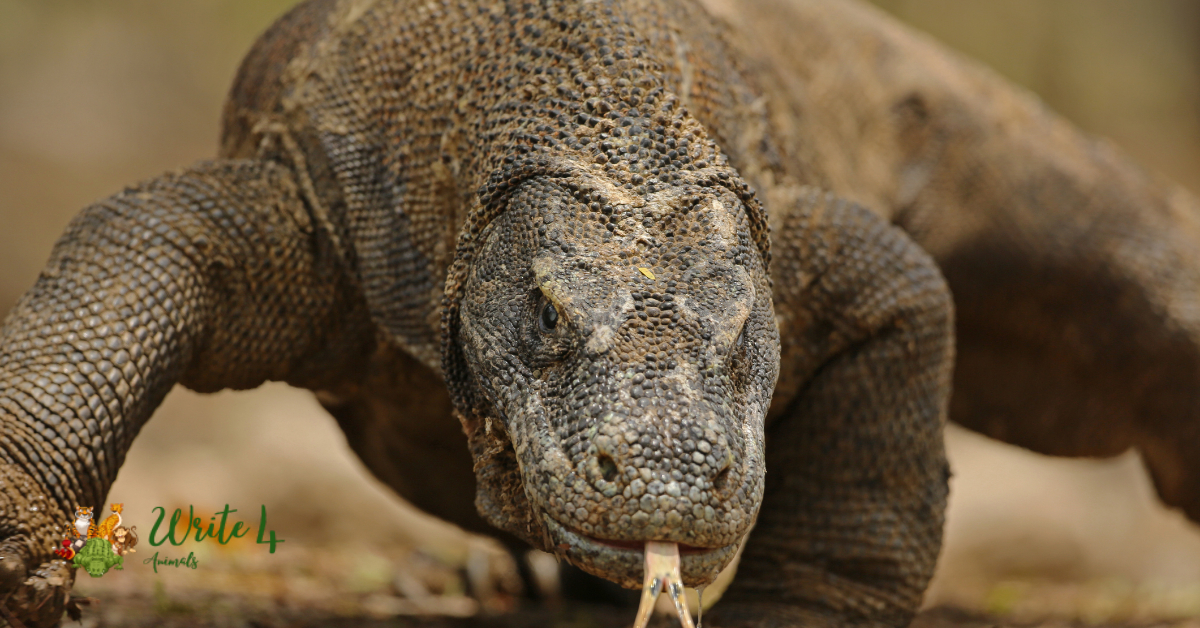
Equipped with serrated teeth and a powerful jaw, Komodo dragons primarily prey on deer, pigs, and water buffaloes. However, their aggression and willingness to attack humans make them a potential danger to those who cross their path. Despite their fearsome reputation, efforts to conserve these fascinating reptiles are underway, as they play a crucial role in maintaining the ecological balance of their island habitats.
3. Cape Buffalo
Known as one of the “Big Five” in Africa, the Cape buffalo is a herbivorous giant with a formidable reputation. While seemingly docile when grazing, these massive creatures can turn deadly in an instant. Known for their unpredictable nature and fierce defense of their territory, Cape buffaloes have claimed more lives on the continent than any other large animal.
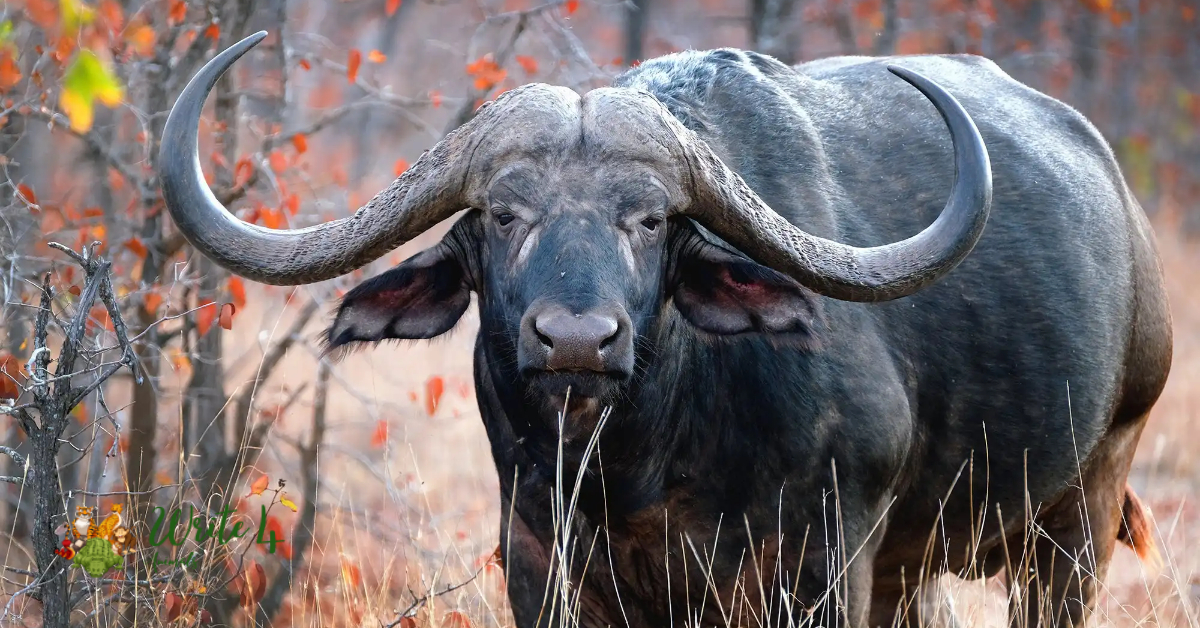
The term “evil” may be a stretch when describing Cape buffaloes, but their reputation as silent stampedes speaks to their potential danger. Their strength, agility, and group mentality make them a force to be reckoned with, underscoring the need for caution when encountering these majestic yet potentially lethal creatures in the African wilderness.
4. Cone Snails
Cone snails, with their vibrant and intricate shells, may deceive onlookers with their apparent beauty. However, beneath their alluring exterior lies a lethal secret. These marine gastropods are equipped with harpoon-like teeth that inject potent venom into their prey, making them one of the ocean’s most dangerous creatures.
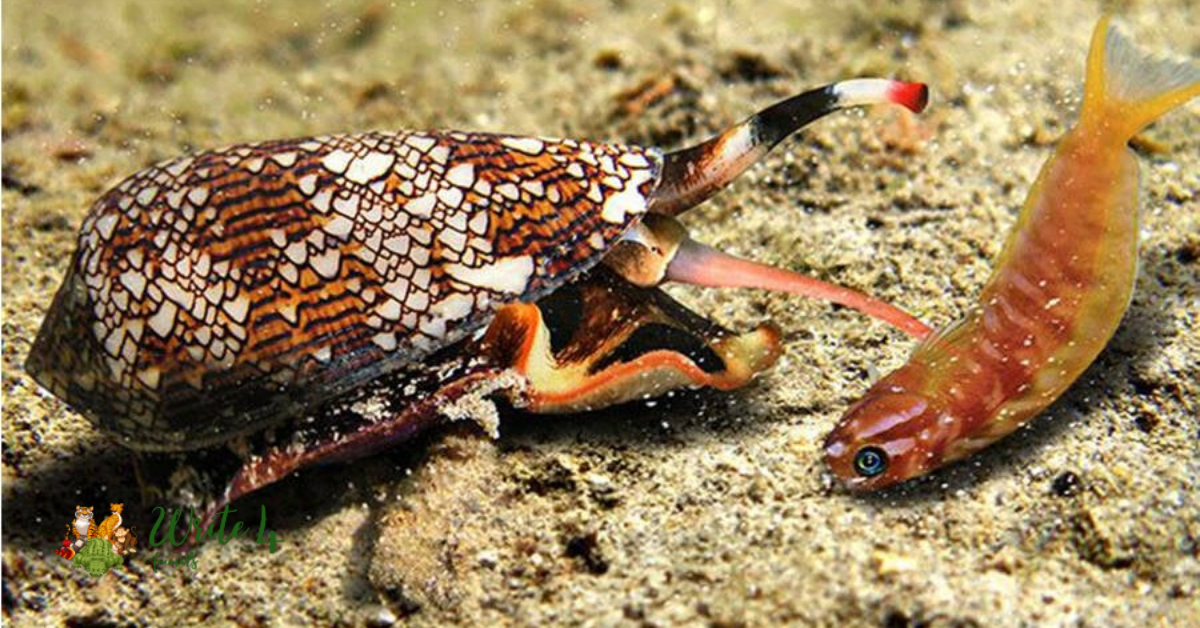
Encounters with cone snails can be perilous for humans. Their venom contains a potent cocktail of toxins that can cause paralysis and, in some cases, prove fatal. Despite their seemingly slow and gentle movements, cone snails are skilled predators, capturing prey with astonishing precision.
While the term “evil” might not precisely apply to these creatures, their capacity to deliver venomous strikes certainly places them among nature’s more formidable adversaries. The ocean depths, where cone snails are often found, serve as a stark reminder of the dangers that can lurk beneath the surface, even in the most visually stunning environments.
5. African Elephant
The African elephant, revered for its intelligence and complex social structure, may seem like a gentle giant. However, their sheer size and strength can turn them into formidable and potentially dangerous creatures. Responsible for numerous human deaths, particularly in regions where human settlements overlap with elephant habitats, these majestic beings command respect and caution.
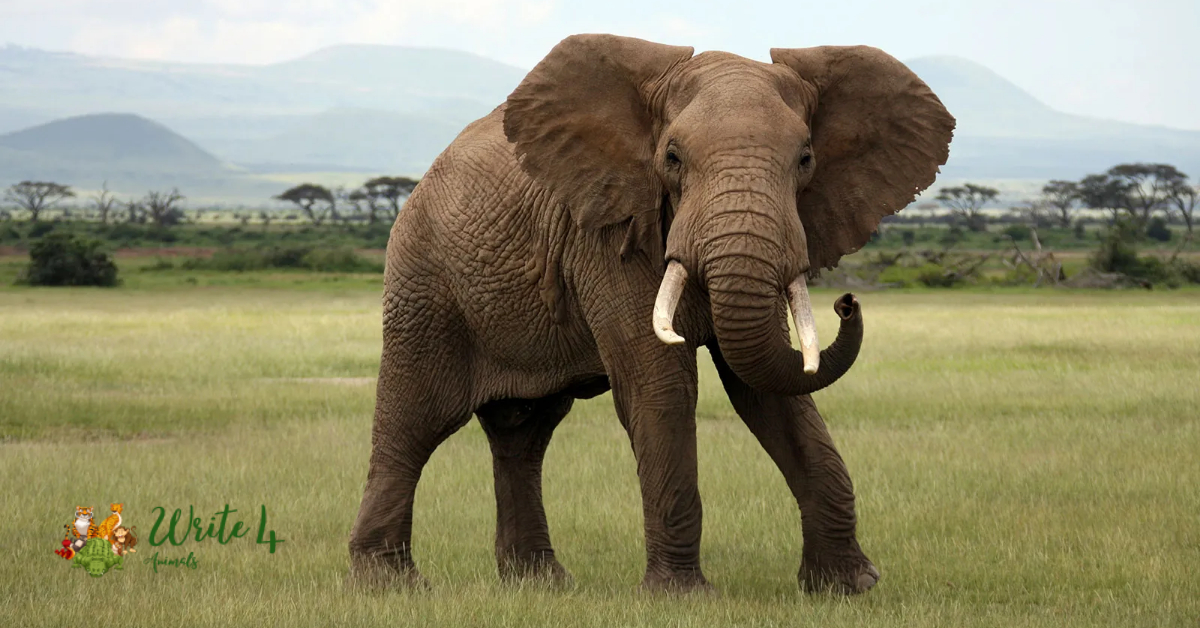
While it’s essential to recognize the vital role African elephants play in maintaining ecosystems, incidents of aggression, often triggered by stress or perceived threats, underscore the importance of responsible conservation efforts. Balancing coexistence with these magnificent creatures requires understanding and mitigating the factors that lead to conflicts between humans and elephants.
6. Africanized Honey Bees
Africanized honey bees, colloquially known as “killer bees,” emerged from the interbreeding of European and African honey bees, resulting in a hybrid species with a notorious reputation. These bees are aggressive defenders of their hives, and their tendency to swarm in large numbers can lead to fatal encounters with humans and animals.
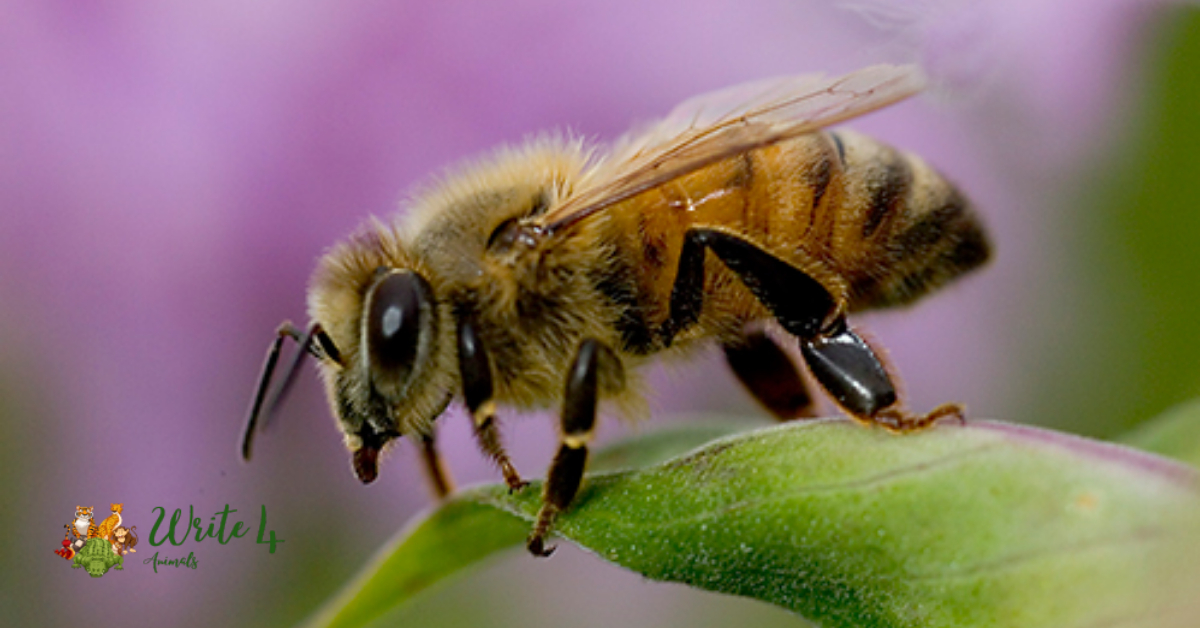
While bees play a crucial role in pollination and honey production, the Africanized honey bee’s combative nature has earned them a place on the list of creatures with potentially dangerous tendencies. Understanding their behavior and implementing measures to minimize human-wildlife conflicts are essential steps in navigating the delicate balance between the benefits and risks associated with these powerful pollinators.
7. Saltwater Crocodile
The saltwater crocodile, aptly named for its ability to thrive in both salt and freshwater environments, stands as the largest living reptile on Earth and a fearsome apex predator. Found in the estuaries and coastal waters of Southeast Asia, Northern Australia, and parts of the Indian subcontinent, these prehistoric creatures command respect and fear.
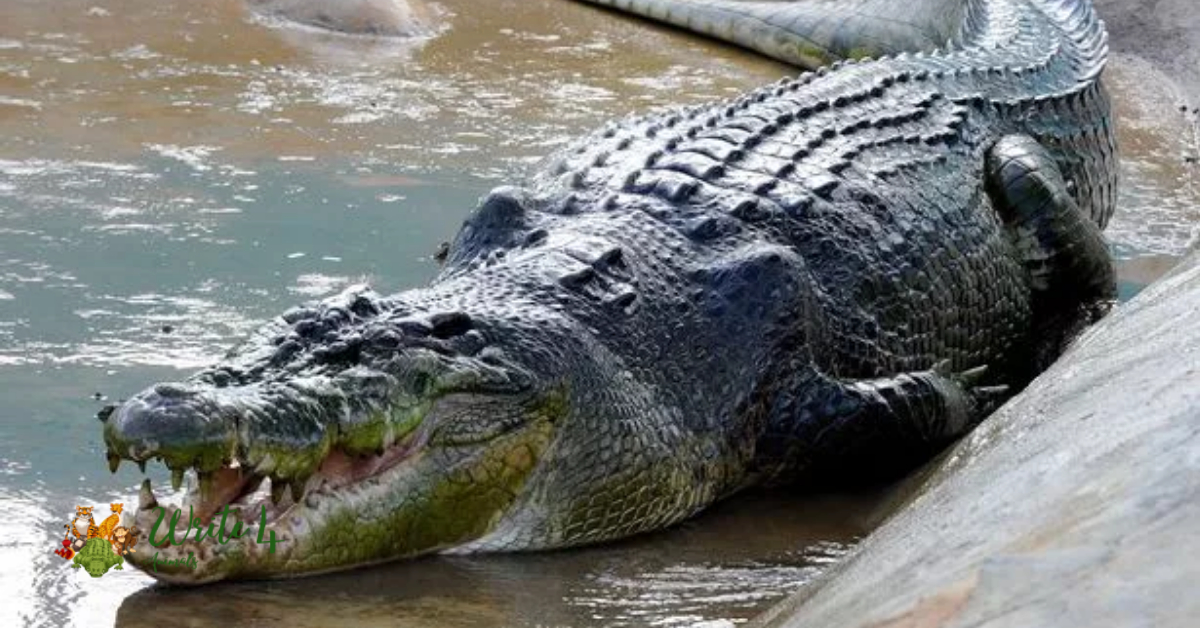
The term “evil” may be anthropomorphic when applied to animals, but the saltwater crocodile’s predatory prowess and opportunistic behavior make it a force to be reckoned with. Armed with powerful jaws and a swift strike, saltwater crocodiles are known for ambushing their prey, which can include mammals, birds, and even other predators. Their ability to adapt to various environments and their formidable size make them a potential threat to humans who venture too close to their habitats.
8. Pufferfish
The pufferfish, celebrated as a culinary delicacy in certain parts of the world, harbors a potentially deadly secret within its appealing, balloon-like appearance. These marine creatures, also known as fugu in Japanese cuisine, contain a potent neurotoxin called tetrodotoxin.
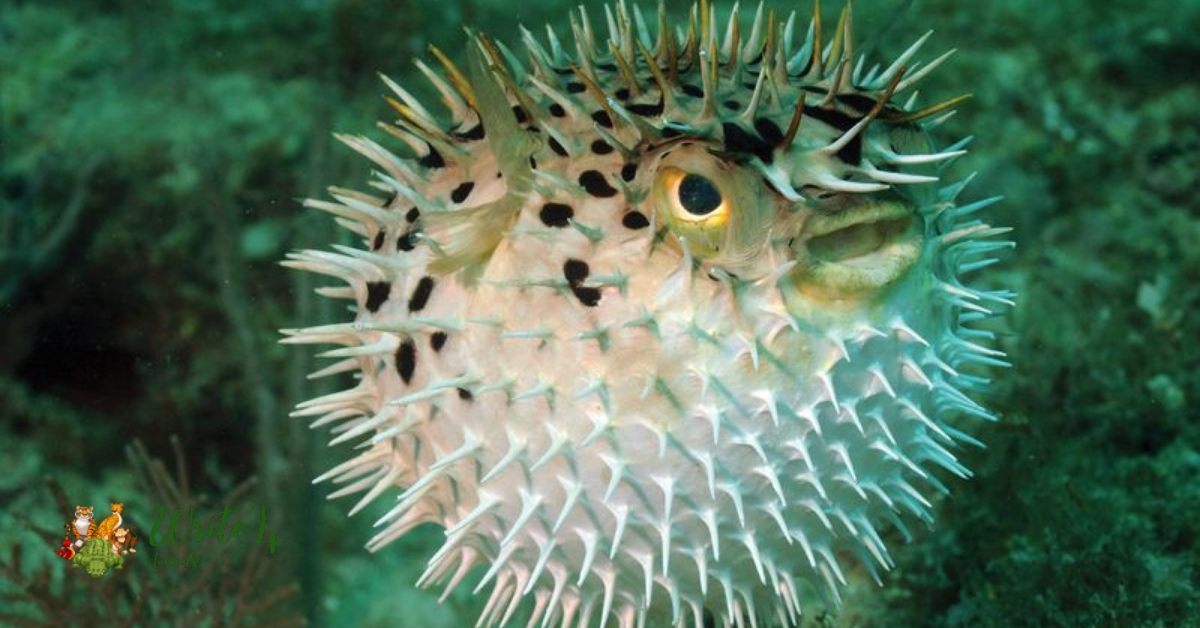
While chefs undergo rigorous training to prepare pufferfish safely, accidental poisonings can occur. Ingesting even a small amount of tetrodotoxin can lead to paralysis and, in severe cases, death. The pufferfish’s toxic allure places it among the animals associated with danger, serving as a reminder of the delicate balance between the pursuit of gastronomic delights and the inherent risks that nature poses.
9. Hippopotamus
The hippopotamus, often portrayed as a docile herbivore wallowing in the water, conceals a dark side beneath its seemingly gentle exterior. Responsible for more human deaths in Africa than many other large animals, hippos are surprisingly aggressive and territorial.
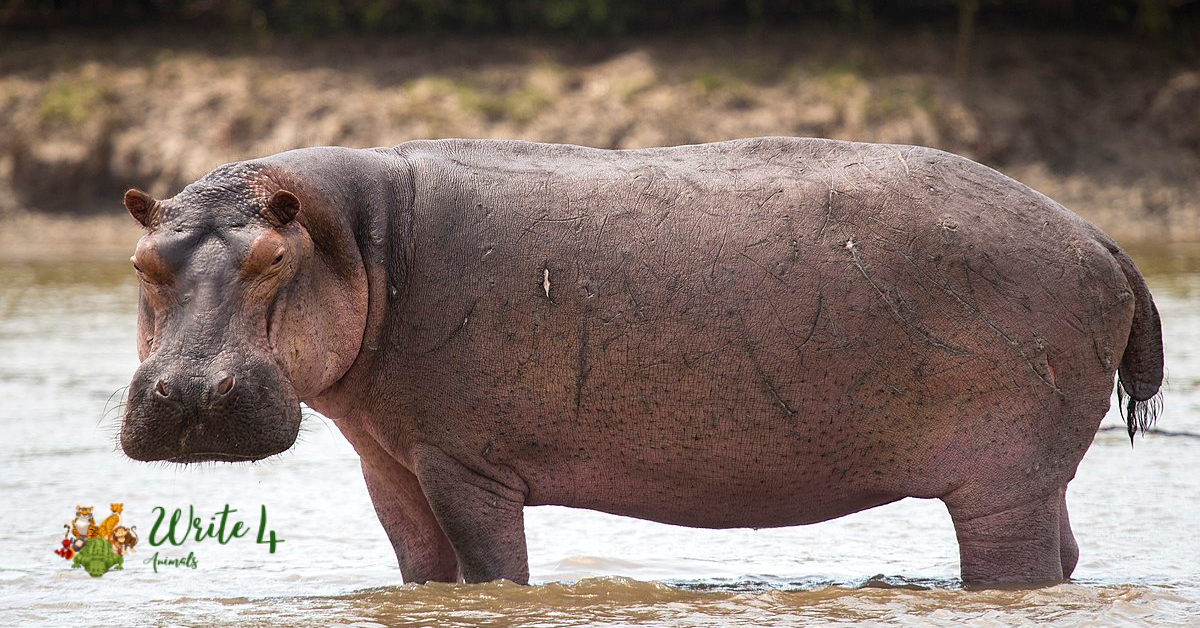
Despite their largely herbivorous diet, hippos are known to attack boats and humans, exhibiting a level of speed and aggression that contradicts their lumbering appearance. The combination of their massive size, powerful jaws, and territorial nature makes them one of Africa’s most dangerous animals.
While their actions are typically rooted in self-defense or protection of their territories, encounters with hippos underscore the importance of respecting wildlife habitats and maintaining a safe distance from these deceptively dangerous creatures.
10. Hyena
Hyenas often find themselves cast as villains in the narrative of the animal kingdom, primarily due to their scavenging habits and distinct vocalizations. Despite their sinister reputation, hyenas play a crucial role in maintaining ecosystem balance as nature’s cleanup crew.
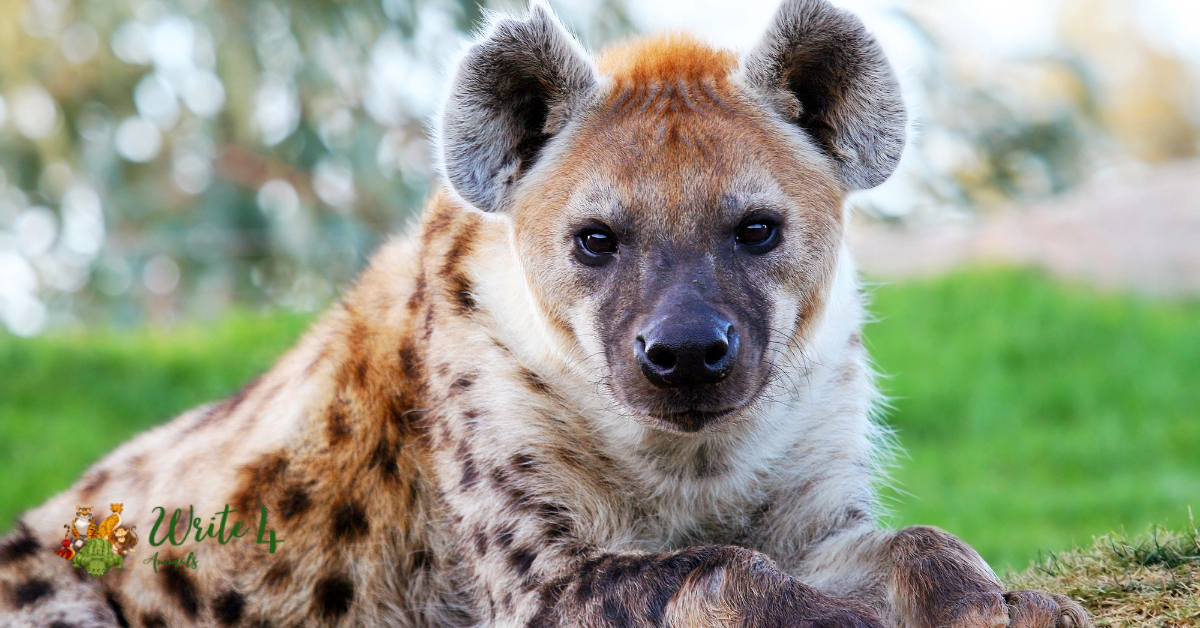
Hyenas are highly intelligent social animals with complex social structures. Contrary to the perception of them as ruthless killers, the majority of their diet consists of scavenged carcasses rather than successful hunts. While their iconic laughter may sound eerie, it serves as a vital form of communication within their clans.
The label of “evil animals” is perhaps an oversimplification when applied to hyenas. They are opportunistic survivors, adapting to their environments to ensure the continuity of their species. Understanding their ecological role and dispelling myths surrounding hyenas is essential for fostering a more accurate appreciation of these misunderstood creatures.
11. Rhinoceros
Rhinoceroses, or rhinos, are magnificent giants that roam the grasslands and savannas of Africa and Asia. Despite their herbivorous diet and seemingly peaceful demeanor, rhinos face a dire threat—the relentless pursuit of their horns by poachers.
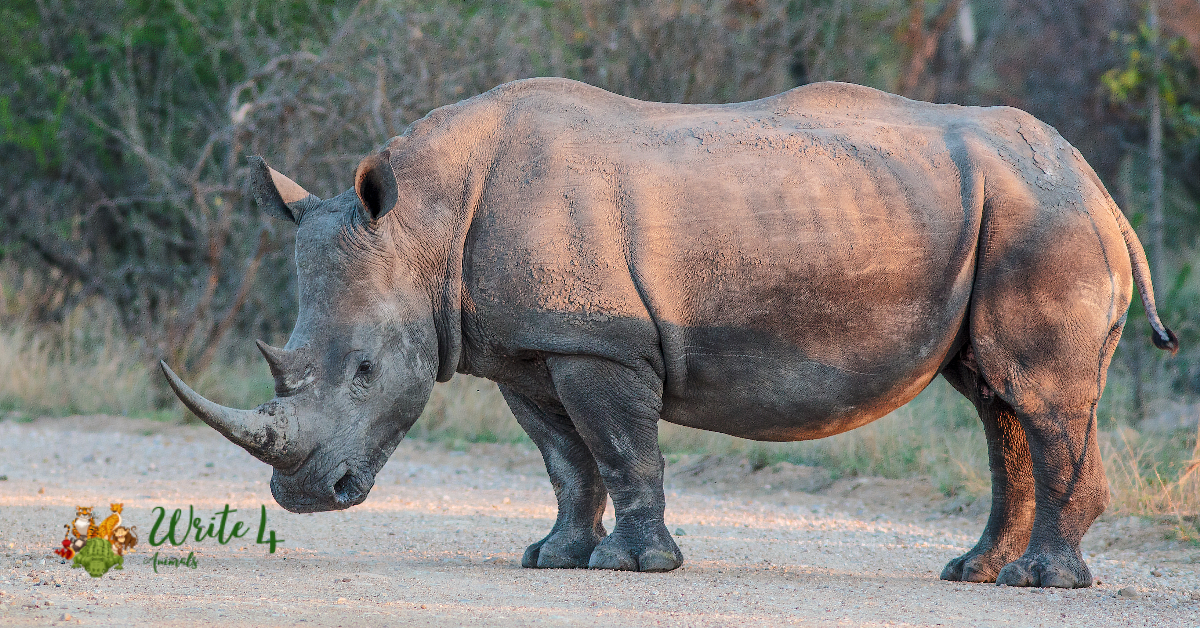
While the term “evil” doesn’t aptly describe rhinos themselves, the circumstances surrounding their endangerment involve human-driven greed and illegal wildlife trade. The demand for rhino horns, falsely believed to possess medicinal properties, has pushed these incredible creatures to the brink of extinction.
Conservation efforts and public awareness are critical in ensuring the survival of these majestic animals and addressing the true villains—the poachers exploiting them for profit.
12. Wolves
Wolves, often depicted as menacing creatures in folklore and fairytales, are apex predators crucial to maintaining ecosystem health. These highly intelligent and social animals live in tight-knit family units known as packs, with a complex social structure that involves cooperation in hunting and raising their young.
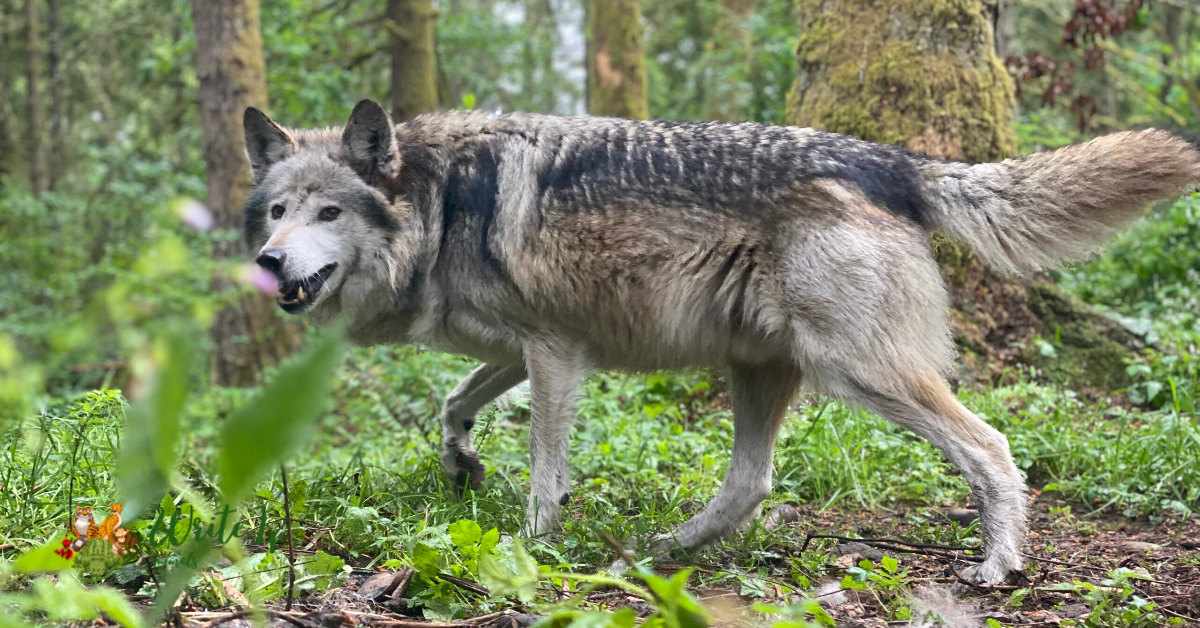
Despite their essential ecological role, wolves have faced persecution from humans for centuries. Misunderstandings and myths about the dangers they pose to livestock have led to extensive wolf extermination programs. However, studies have shown that the presence of wolves in ecosystems contributes to biodiversity and helps control prey populations, playing a vital role in maintaining a balanced and healthy environment.
Labelling wolves as “evil animals” oversimplifies their complex role in nature. Understanding and appreciating their contributions to ecosystems are crucial steps in fostering coexistence between humans and these magnificent predators.
Conclusion
Nature’s wonders often come with a darker side, where survival strategies and the pursuit of food and territory lead to deadly encounters. The top 12 evil animals highlighted in this exploration remind us that, despite the beauty and majesty of the natural world, there are creatures that command respect and caution. Understanding their behavior and respecting their habitats are crucial steps in navigating the intricate dance between humans and the formidable inhabitants of the animal kingdom.
Also Read
1. Top 12 Humble Animals in the World
2. Top 10 Animals with the Lowest IQ
